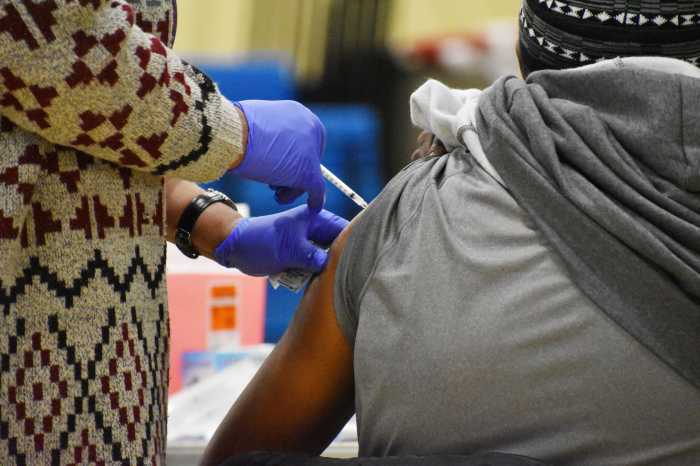This time of year, everyone’s looking to beat the heat. While you can simply turn up the air, grab yourself a cool drink, or splash your face with cold water, your precious pets don’t have that same luxury.
As folks in Philadelphia try to survive the dog days of summer, the American Humane Society has shared some veterinarian-approved tips for keeping four-legged friends happy and healthy this summer.
Adjust exercise time
Much like the key to comedy, timing is the key to protecting your precious pup during their exercise time. While a nice mid-day stroll is perfect in the summer and fall season, try to move your window to the mornings or evenings when it’s at least a little cooler outside, even playing in the yard or at the local dog park. While you want them to have as much fun as possible, it’s important to limit their time outside during peak heat and be sure to bring plenty of water.
Check the pavement
It’s not just the summer air that gets hot and uncomfortable. During these scorching days, the pavement heats up like a pizza stone, and can burn your pup’s paws without proper protection. To know if it’s too hot, check the pavement’s temperature with the back of your hand. If it is too hot, you can still get your walk in, but be sure to get your pet shoes to protect their paws or carry them until you can continue on a grassy patch.
Know if your pet is high-risk
Elderly and overweight dogs are considered high-risk, but so are certain short-nose breeds, such as pugs, bulldogs, and others. To learn more about whether your dog is considered high risk or how to care for them, speak with your veterinarian.
Check for signs of dehydration
One of the most common concerns is that your dog is suffering from dehydration. Be sure to check if your dog is panting excessively or breathing heavily; those are signs that your dog is likely dehydrated. Another tip from the American Humane Society: if you gently pinch your dog’s skin near its shoulder and the skin goes back into place, your dog is hydrated. If the skin stays pinched or returns slowly, your dog may be dehydrated, and you should immediately give them water and take them to a veterinarian if they do not improve.
Be aware of signs of heat stroke
If your pet shows the following signs, take them to the vet immediately: excessive panting, lethargy, stumbling, dark or bright red tongue or gums, bloody diarrhea or vomiting, and seizures. These are signs of heat stroke in dogs.
Do not leave your dog in a car
Just going to repeat this for emphasis. DO NOT LEAVE YOUR DOG IN A CAR.
Leaving a pet in a car for even a short time can have deadly consequences. If you happen to see a dog suffering inside a parked car on a hot day, do not take matters into your own hands, but help by immediately calling your local animal control or law enforcement for help and staying with the animal until help arrives.
Keep your dog cool
A nice cool bath, plenty of drinkable water, a nap in a shady spot, or some outdoor water games go a long way to avoid overheating.
Allow your pet to drink cool water in small doses
Drinking water is obviously a key to keeping your pet cool and hydrated, but be sure not to overdo it too quickly. If your pet drinks a lot of water too quickly, they could get sick, and you’ll wind up hurting when you’re trying to help.
For more information or to support the American Humane Society, visit AmericanHumane.org.



























